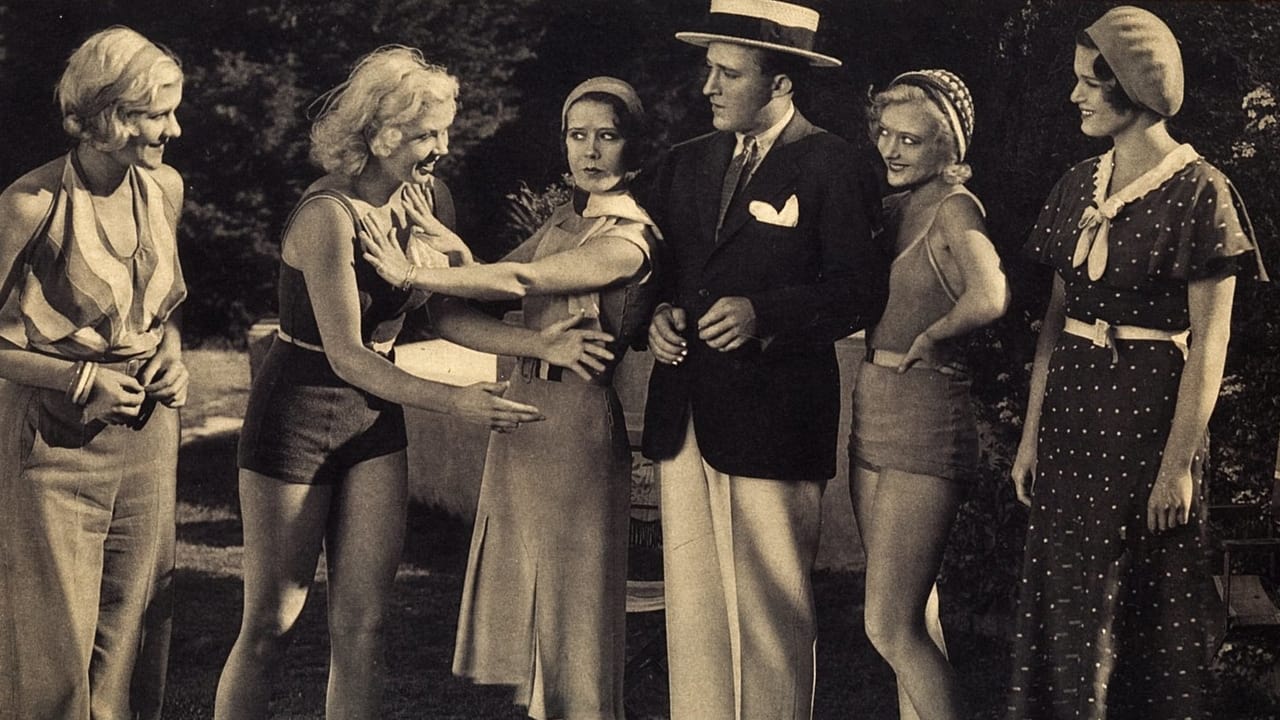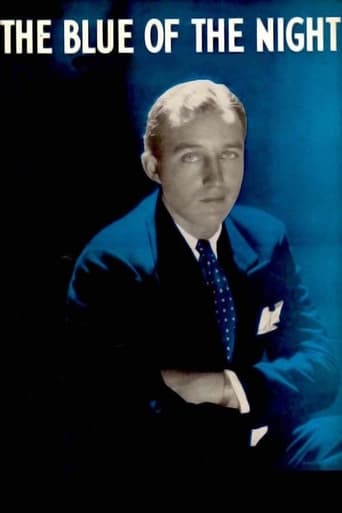Hellen
I like the storyline of this show,it attract me so much
Maidgethma
Wonderfully offbeat film!
Laikals
The greatest movie ever made..!
RipDelight
This is a tender, generous movie that likes its characters and presents them as real people, full of flaws and strengths.
mark.waltz
Proclaiming that she's engaged to radio singer (obviously not knowing what he looks like), the determined Marjorie Kane gets the chance when she keeps bumping into him on a train. But her unrelenting suitor (Franklin Pangborn) refuses to let her go and the confusion just gets worse when her friends tell her that they've invited the real Bing Crosby to their pool parry. Bing keeps the deception going for his own amusement, creating more comical mayhem in between songs. This would be Bing's farewell to short films as feature film stardom was right around the corner, giving his fans no doubt of what he really looked like. Moderately amusing with the comical idea of Pangborn being interested in a woman the most unintentionally funny gag in the film.
bkoganbing
Blue Of The Night is not the best of Bing Crosby's Mack Sennett shorts which were being used to introduce Crosby as Paramount's new star in terms of comedy. I agree with the person who says it's real hard to imagine Franklin Pangborn as a jilted lover. Pangborn and Bing would later work together in Dr. Rhythm although Pangborn's scenes are with Beatrice Lillie and they're marvelous.But Crosby aficionados will treasure this short subject because besides singing the song that would be his theme we get a chance to hear him Every Time My Heart Sings and My Silent Love, a couple of really great numbers that he never did a studio recording of. They're real gems from Bing's early crooning days and must for every fan to have.For that reason this film is precious.
Michael_Elliott
Blue Of The Night (1933)** 1/2 (out of 4)Bing Crosby plays a crooner who gets on a train and ends up sitting by a woman (Marjorie Kane) who just happens to be about to marry another man. On the rip she jokingly says that she wishes she could marry Crosby and a reporter hears this and reports that the two are getting married, which doesn't sit too well with her real boyfriend. This was one of eight two-reelers Crosby made at Paramount under the supervision of Mack Sennett who was working at the studio during the time. If you're look for a funny comedy then you're going to be quite disappointed but even though the "story" doesn't work fans of Crosby will want to turn in for his music alone. "Ev'ry Time My Heart Beats" is sung by Crosby on the train and this is the tune used to have the woman fall for him. It's a simple number in terms of visuals but the vocals are so strong that you really don't need to be looking at anything. Another strong number is Where the Blue of the Night, which the legend performs at the very end. Again, the comic banter surrounding the sequence is pretty unfunny but it's the music that's important. The film's supporting characters are quite weak as is the direction and the slapstick obviously thrown in by Sennett really doesn't work either. Crosby gives a charming performance and that voice is certainly worth sitting through this thing for.
theowinthrop
I saw this today on a video cassette a friend sent to me. It was not the greatest short comedy film or even in the first two or three hundred best short features. Good points about this is that it spotlights the young Crosby, the popular radio and record crooner, singing WHEN THE BLUE OF THE NIGHT and AUF WIEDERSEIN among other tunes. That is all to the good. But it is typical of the work of Mack Sennett...and that's to the bad.Mack Sennett really played an important role in the early days of Hollywood and of silent comedy. Anyone responsible for just the Keystone Cops would have gotten to that position. But Sennett also brought Chaplin, Mary Pickford, Gloria Swanson, Fatty Arbuckle, Mack Swain and Ben Turpin to the screen. This is all to the good. But he never continued to grow as a creative comic director. His comedy is real knockabout, but most of the better comics (like Chaplin and Arbuckle) turned more subtle in their later years. That is why they continued growing (of course, in Arbuckle's case, his personal tragedy interfered - but he probably would have remained Chaplin and Keaton and Lloyd's equal). But Sennett never could do that. When he did his work with Crosby and (contemporary to that) with W.C.Fields it was at the tale end of his career. Fields had much to do with the humor of the six shorts they made together. Crosby just had to be agreeable and sing well. He could do that.So the humor of this short is strained. Bing boards a train with Babe Kane and they find themselves sitting together. Everyone on the train is a honeymoon couple, and everyone suspects they are too. Ms Kane says she is not a honeymooner, but is engaged to the well known radio crooner Bing Crosby. Crosby never mentions his real identity. Later on an article appears in the newspaper regarding Kane's engagement to Crosby. This amuses her friends, mostly because it annoys Franklin Pangborn, who had said he was her fiancé (Kane tells him she never agreed to marry him). Crosby reappears, and pretends for a moment to be a news reporter - then he reveals his real identity to Kane. But Pangborn thinks he is a phony. This leads to the idiotic final bet about the roadster against the five dollar bill from Crosby. Crosby's singing proves who he is. Pangborn does several pratfalls into a swimming pool while in his fancy duds - a typical Sennett joke. Bud Jamison (who did better work with the Three Stooges) is a suspicious cop. The humor, for 1933, is infantile. But the singing and a look at a very young Crosby are worth seeing. So I give this a "6" out of "10".

